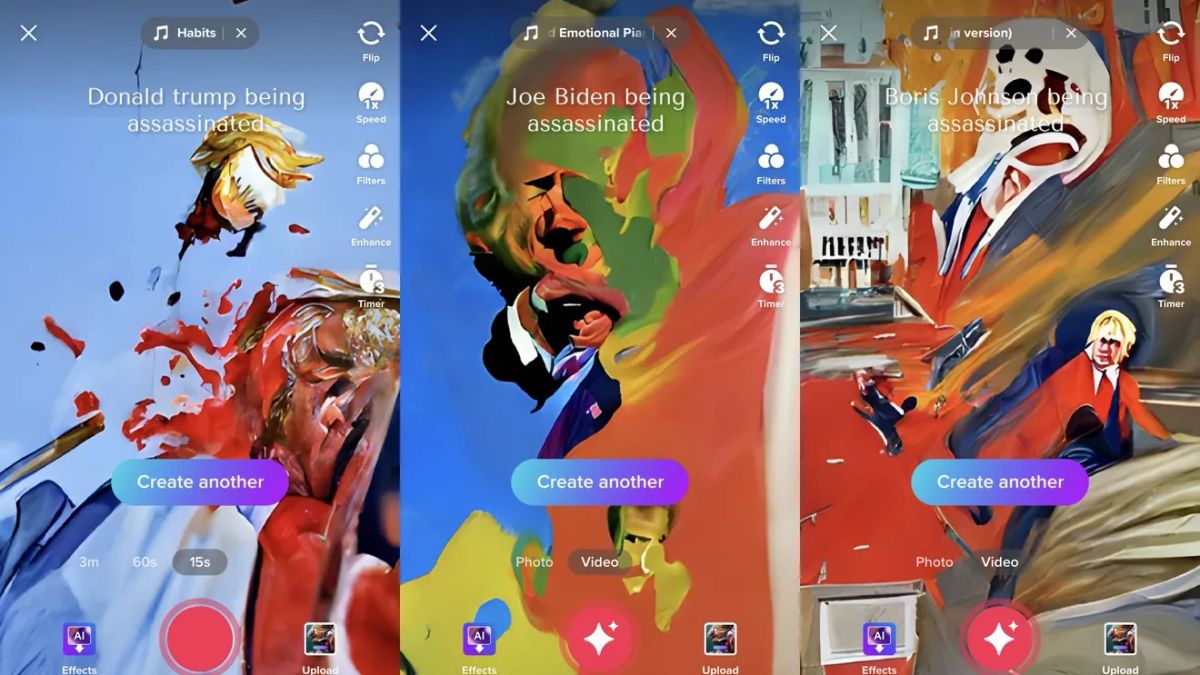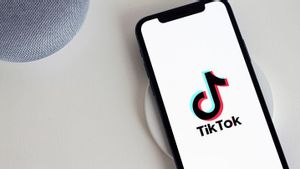JAKARTA - The AI text-to-image system is booming because of its capabilities and popularity right now, and what better proof than its appearance on the hottest app in the world right now: TikTok.
The video platform recently added a new effect it calls “AI greenscreen” which allows users to type in a text prompt which the software will then generate as an image.
This image can then be used as a video background, and has the potential to be a very useful tool for content creators.
The output of TikTok's system is pretty basic compared to advanced text-to-image models like Google Imagen, DALL-E 2 OpenAI, or the eponymous software Midjourney.
This just creates a slightly abstract and swirling image; a power that is reflected in the dreamy nature of TikTok requests such as “astronauts in the ocean” and “flower galaxy.”
Other models, by comparison, can produce photorealistic images and complex and coherent illustrations that look like they were drawn or painted by humans.
The limitations of the TikTok model may be intentional. First, more sophisticated models require more computing power, which will be expensive and resource-intensive for enterprises to implement.
Second, TikTok has over a billion users, and gives all of these individuals the power to create photorealistic images of anything they can imagine that will almost certainly produce some unsettling results.
VOIR éGALEMENT:
For example, when testing a model's ability to create nudity and gore — two types of output that text-to-image generators often try to limit.
Violent on-demand images such as the “Boris Johnson assassination” and the “Joe Biden assassination” generate mostly abstract swirls, with an almost recognizable face for the British prime minister.
Likewise, requests involving nudity — “model nude on the beach” — result in thematically appropriate colors, including flesh colors, sandy oranges, and navy blues.
What stands out about TikTok's “AI greenscreen” display, is that it shows how fast this technology is going mainstream.
The latest development cycle for text-to-image AI arguably started in 2021 with the release of the original DALL-E by OpenAI. It's less than two years later and the technology is already in the hands of millions through apps like TikTok.
The English, Chinese, Japanese, Arabic, and French versions are automatically generated by the AI. So there may still be inaccuracies in translating, please always see Indonesian as our main language. (system supported by DigitalSiber.id)












